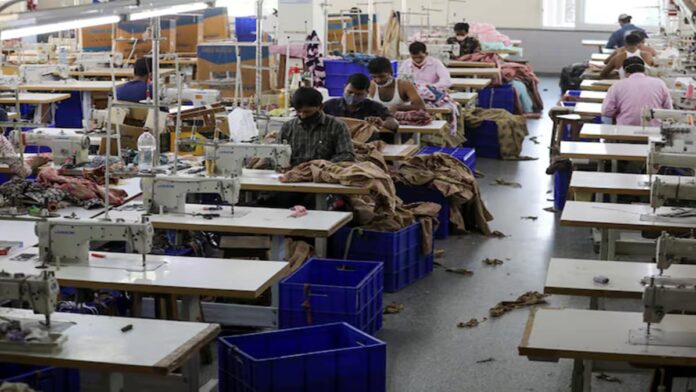The government has dropped a plan to launch new production Linked Incentive (PLI) schemes, given that many of the existing ones are yet to produce satisfactory outcomes. However, it is likely to announce new incentive schemes for a clutch of industries, where India’s manufacturing competitiveness is seen to be long-hanging fruit. These incentives will, however, be markedly different from PLI schemes in terms of structure and objectives, with a sharper focus on job creation and quality of products , official sources said.
ALSO READTariff cuts on US Bourbon spark protests from Indian liquor industry
While the Budget FY26 stated that new schemes would be rolled out for toys and leather/footwear, similar schemes may be on the cards for chemicals, bicycles, shipping containers etc., the sources added. “The spirit of PLI has been lost. PLI is no longer the favoured baby,” an official said, on condition of anonymity. The exact contours of the new schemes are still under discussion.
The PLI policy was launched in 2021-22 to assist Indian companies to scale up and become large enough to compete globally. There are as many as 14 schemes at present, with the government seeking to offer Rs 1.95 lakh crore in incentives by FY30. However, the schemes’ progress so far is barely par for the course. There are big lags in investments in many sectors, including automobiles, advance chemistry cell batteries, specialty steel and textiles that were supposed to lead the pack.
Companies have invested over Rs 1.5 lakh crore in the three years through September 2024 under the 14 PLIs, or about 50% of the Rs 3 lakh crore committed over five years. But only Rs 11,317 crore or 6% of Rs 1.95 lakh crore incentives linked to investments, sales/turnover and value addition, have been disbursed till September 2024. The slow pace of disbursement is ascribed to complex rules and red tape.
Before the Budget announcement, Cabinet notes were already under discussion for new PLIs in six sectors with a tentative allocation of Rs 18,000 crore. These included: Rs 3,500 crore for toys, Rs 2,600 crore for leather and footwear, Rs 3,600 crore for bicycles, Rs 5,000 crore for chemicals, Rs 2,500 crore for critical inputs required for vaccines and Rs 800 crore for shipping containers. All these were to be funded from savings from the existing PLIs.
» Read More


